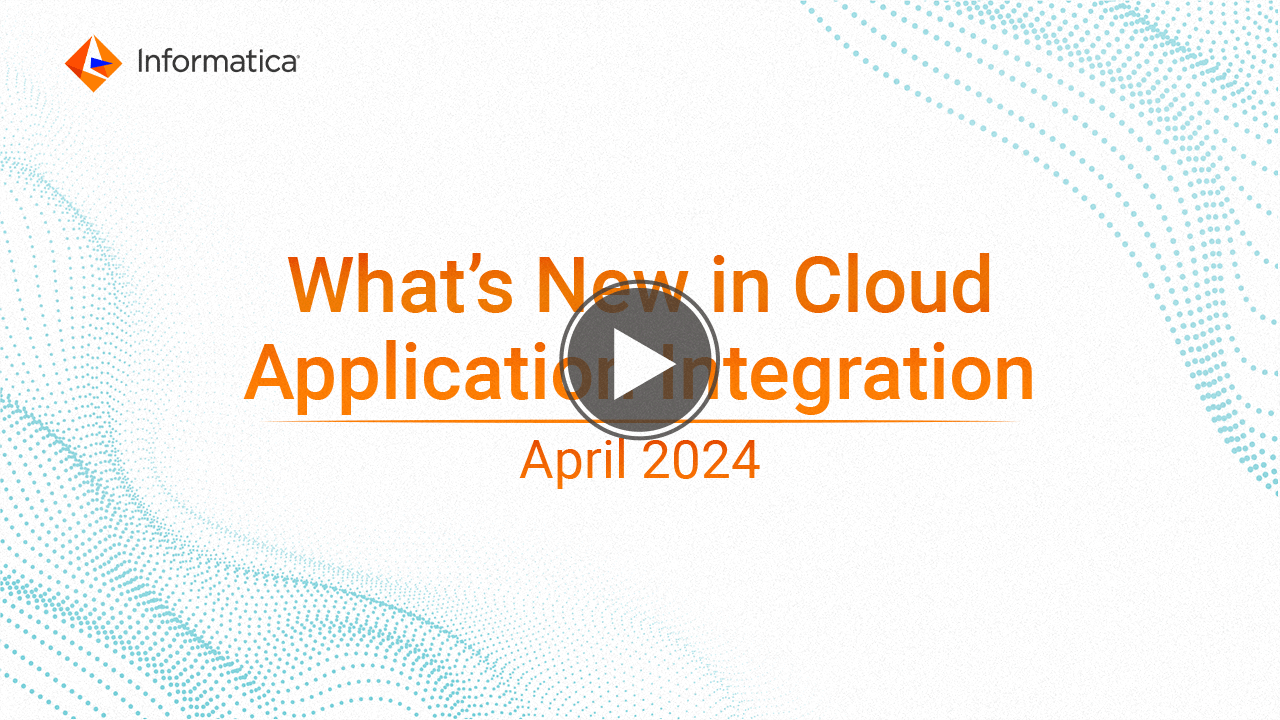Application Integration
- Application Integration
- All Products


XQuery function name
| Description
| Syntax
|
|---|---|---|
aesEncryption
| Encrypts the specified data with the provided key using the Advanced Encryption Standard (AES) algorithm.
| util:aesEncryption(key, dataToEncrypt)
|
aesDecryption
| Decrypts the specified data with the provided key using the Advanced Encryption Standard (AES) algorithm.
You must use the same key that you had used for encrypting the data in the
aesEncryption function.
| util:aesDecryption(key, dataToDecrypt)
|